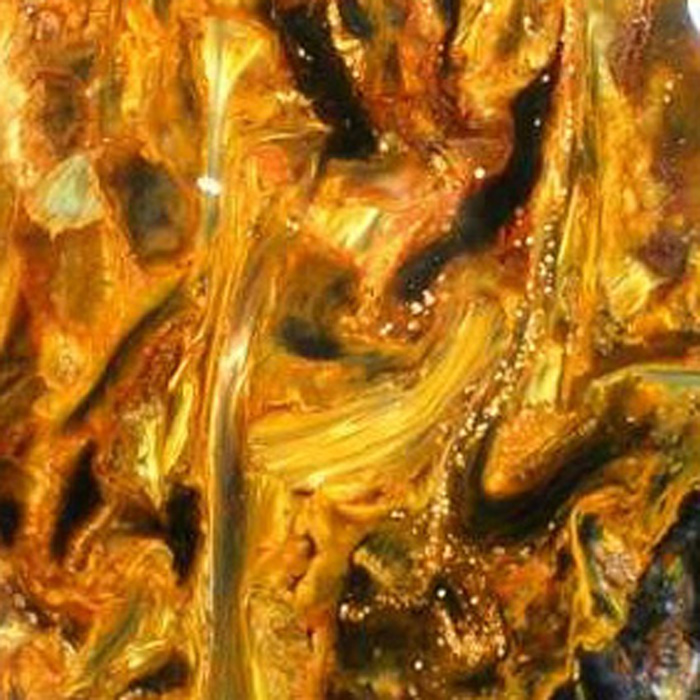Scientific Name: Crocidolite psuedomorphed to pietersite
Chemical composition:
Colors: Multicolored, blues, browns, yellows.
Hardness: 7
Principal Sources: Namibia, China.
Special Notes: Pietersite was discovered by Sid Pieters in 1962 while he was prospecting some farmland in Namibia, Africa. The Chinese pietersite’s fibrous mineral is a magnesium-rich alkalic amphibole. The African (Namibian) variety is mainly crocidolite. pietersite will always have brecciated, fibrous bands of blue, gold and/or red tiger eye type fibers in quartz. The fibrous structure in pietersite has been folded, stressed, even fractured and/or broken apart via the Earth’s geologic processes. The fibrous materials have then been reformed and naturally recemented together by quartz. Stones and crystals that go through this process are referred to as brecciated, creating a finished product with multiple colors, hues and superb chatoyancy. While pietersite has the lovely chatoyancy of tiger eye, it is not found in continuously structured bands or fibers, more in swirls, swathes and fibrous (sometimes linear) segments. Thus the structure of the fibrous streaks in pietersite may appear rather chaotic, and can flow or exist in many directions side-by-side like bold paint strokes.

